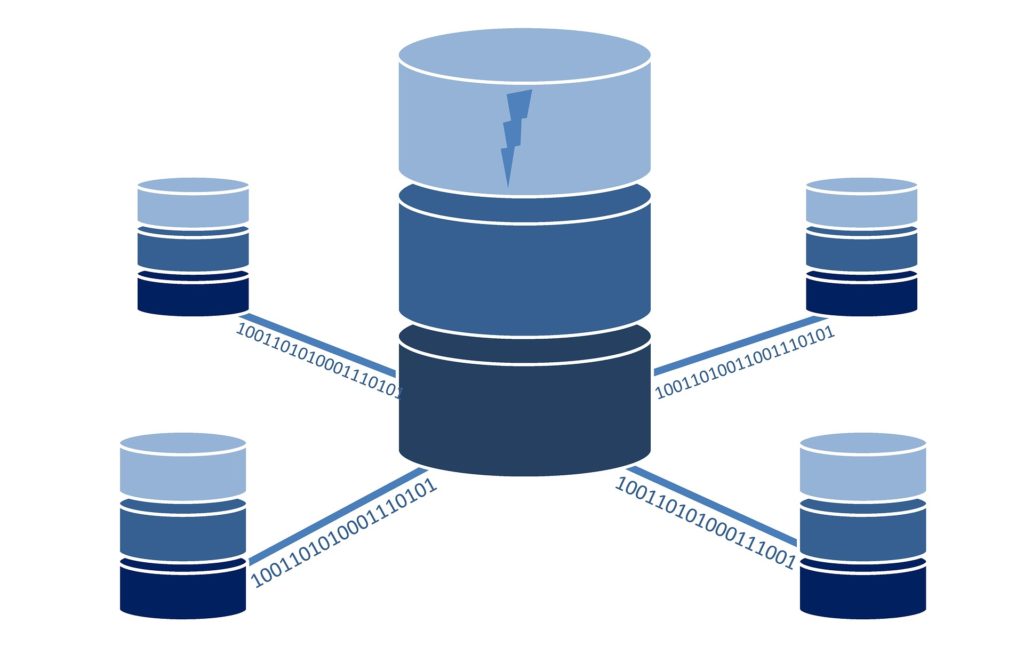When it comes to ensuring optimal database performance, it can seem like a task best left to the professionals. However, even for companies with a relatively modest IT budget, there are many ways to improve your current setup and maximize the resources you do have at your disposal.
This is well worth doing, for around 80 percent of your applications can be sped up through some simple fine-tuning. This is rarely as difficult as it sounds and doesn’t require a particularly in-depth degree of IT know-how.
Indeed, the three steps we’ve outlined below can be managed by almost anyone, provided you do some basic background reading and a little bit of research. Here’s what we suggest you try.
Ensure your database has sufficient resources

One of the simplest ways to maximize database performance is by ensuring that your server is healthy. This means, first and foremost, that it has sufficient resources, such as CPU, disk space, and memory. With regards to the former, it’s a good idea to make sure that there is a minimum of two CPU cores available, as this will help to secure optimal responsiveness.
In terms of memory, on the other hand, it’s not usage you should necessarily be focusing on. Rather, keep an eye on the page faults per second, as numbers in the thousands often indicate that your host is out of room and could do with an upgrade. In the same vein, databases use a lot more disk space than is required by the data alone, which means you’ll want to make sure you have plenty of spare storage to keep yours running at a maximal level.
Pay attention to your network
It’s also important to remember that databases are often bogged down by real-world physical constraints. No matter how high quality your virtualized infrastructure is, this will not stop cables from failing nor routers from breaking, so don’t always assume that your software is the issue if you encounter a problem.
If difficulties suddenly begin to appear after a period of perfect performance, it could be that there’s a physical problem to blame. Luckily, this often makes for an easy fix, which is why we recommend frequent maintenance checks of all routers, cables, and network interfaces. These should also be your first port of call if and when problems arise.
Invest in database performance monitoring

If you’re interested in finding ways to compare data before and after coding in order to achieve optimal performance, we’d also recommend looking into a product like SolarWinds Database Performance Monitor. Designed to help you see how the changes you make affect your system, it’s a useful tool for comparing time ranges and assessing the impact of any new releases or upgrades. By being able to compare different sets of data, this should allow you to identify areas in which you can upgrade performance.
What’s more, proactively monitoring your database can be effective in ensuring smooth long-term operation and minimal downtime. Not only highlighting changes, but identifying bottlenecks and snapshotting performance indicators, it can be invaluable in pinpointing issues and enabling you to rectify these as soon as possible.
Isn’t it time you looked at implementing these three simple recommendations to help improve your own database performance?



